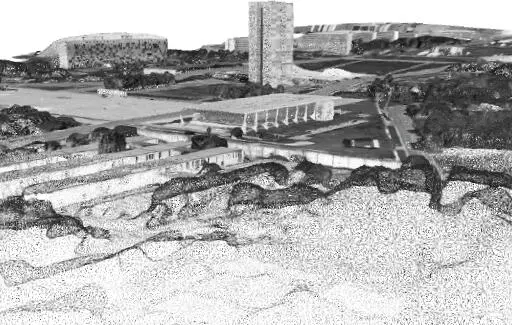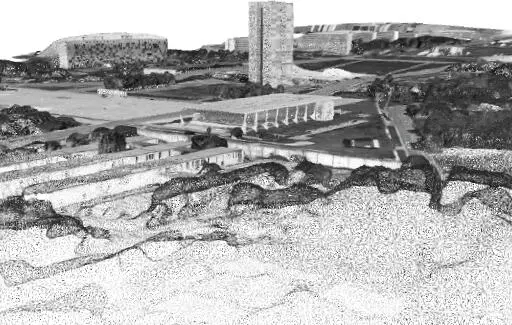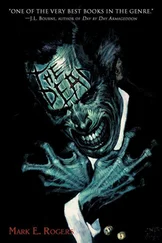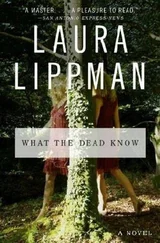The liveable, healthy city: urban amenity for humans
During the 19 thCentury, the industrial revolution brought the promise of better wages to cities, an alternative to the dire poverty of the countryside(Daunton, 2004). This new urban desire for workers to be located in close proximity to industry led to a great population increase and densification of cities. The cities were not well suited to these numbers and epidemics of diseases such as cholera and typhoid from polluted water, typhus spread by lice, ‘summer diarrhoea’ from flies feeding on horse manure and human waste contaminating food [ Figure 13].
In 1851, a boy born in inner Liverpool had alife expectancy of only 26 years, comparedwith a boy born in the small market town ofOkehampton, who could expect to live to 57(Daunton, 2004).
This dramatic difference in life expectancy was believed to be due to disease related to the foul odour coming from the human waste that covered the streets, as well as the tanneries which fill the neighbourhoods with the ‘stench of animal putrefaction’ (Sandlin, 2006). Surprisingly the common belief was that the problems were to do with ‘bad air’ due to a ‘lack of through ventilation’ of the cities as opposed to say, having people continually wading through excrement. The wish to improve airflow in cities became one of society’s new prevailing urban desires.
…putrefaction and stench was also athreat to public health. Until the generalacceptance of the germ theory of disease inthe later 19th century, fevers and epidemicswere explained by “miasmas”, exhalationsfrom decaying matter which poisoned the air(Daunton, 2004).
John Snow **, the English physician-turned-anaesthetist, turned big data and geospatial analytics expert, is now considered to be one of the fathers of modern epidemiology. In 1850, Snow was a founding member of the Epidemiological Society of London formed in response to the cholera outbreaks of the time.

Figure 11: Photogrammetry point-cloud aerial view down the Monumental Axis, map data: Google, Landsat/Copernicus.

Figure 12: Photogrammetry point-cloud aerial view of the less important administrative buildings ‘edited’ out of view of the Ministry of Justice building, map data: Google, Landsat/Copernicus, Image copyright 2019 Maxar Technologies.
Though these events were before the understanding of ‘germ theory’ and there was not an acceptance of the faecal-oral route of disease transmission, Snow was sceptical of the popular miasma theory. During a cholera outbreak in the mid-1850s, Snow rigorously sought out health records of recent deaths geo-referencing instances of cholera as well as in-ground service drinking water sources (point data) and produced a geospatial representation showing deaths from cholera in Soho London on Broad Street, Golden Square, and the surrounding neighbourhood, from 19 thAugust, to the 30th of September 1854. A black mark was placed on the location of the houses where deaths occurred, as well as marking water pumps in the area. Snow estimated service areas for each pump – analysing walking distances and calculated areas that includes all properties within walking distance of each pump. By using catchment accessibility modelling (we are unsure if he used PedestrianCatch.comor ESRI’s Network Analyst), he produced a kind of ‘closest pump’ Voronoi map to identify which pump citizens were most likely to use depending on their dwelling’s location. These datasets were combined, and his map, along with statistical analyses, was used to identify patterns of clustering occurring around the Broad Street pump. It was later revealed that the well had been dug less than a meter away from an old cesspit which had begun to leak contaminated faecal bacteria from an earlier outbreak. It turns out that faecal matters ††. Though met with considerable resistance from government officials – ‘you know nothing John Snow’ (Extra Credits, 2015), his compelling drawings, statistical graphs and argument for the connection between the water pump and cholera cases was sufficient to warrant the handle to be remove from the Broad Street pump, resulting in the happy ending of the rapid subsidence of the cholera epidemic in the area. In true progressive bureaucrat fashion, shortly after the outbreak had subsided, government officials replaced the pump handle. Fortunately, despite these efforts by the officials, the area was not subject to another outbreak.
Figure 13: Engravings for ‘Over London–by Rail from London: A Pilgrimage’ by Stephane Pannemaker of a drawing by Paul Gustave Doré (1872), showing the overcrowded unsanitary conditions of London in the late 1800s.
Snow’s combining of geospatial health and service data would go onto inform epidemiology, health planning research, urban analytics and informatics research, with influence spanning to this day. Incidentally, according to Michael Ramsay (2006), John Snow also administered chloroform to Queen Victoria on multiple occasions.
Let us now return to Baron von Haussmann’s boulevards and their impact upon the concept of health and airflow in cities and the use of his ‘subtractive’ urban approach. Planning historians customarily attribute the origins of modern planning to Haussmann’s plan for Paris commissioned by Napoleon III, between 1852 and 1870 (Neuman, 1998). In what Le Corbusier later described as ‘urban surgery’, Baron von Haussmann’s renovation of Paris involved radical reshaping with the cutting of wide boulevards through the medieval city (Le Corbusier, 1929). The surgery was in direct response to the prevailing urban desire for improving the health crisis in a ‘sick’ Paris. The wide boulevards provided better airflow, created compositional terminating vistas, and at the same time accommodated a new modern sewerage system. It was Haussmann who objected to a proposal to channel human waste mixed with stormwater to flow into the Seine. Le Corbusier suggested that the boulevards ‘were not based on strict deductions of the science of town planning. The measures he took were of a financial and military character’, though Le Corbusier does go on to praise the urban surgery for having ‘admirable foresight’ opening the city up to the motorists or ‘rabbits’ as he describes them.
The Haussmannisation also involved strict rules for new buildings along the boulevards, with height limits and a set angle (45 degrees) applied to mansards for visual unity, but equally importantly, to ensure good daylight penetration (A. Jacobs, 1993). Haussmann’s changes to Paris demonstrate a powerful cross over between the urban desires for health and military control.
At a similar time in Spain the Catalan urban planner Ildefons Cerdà, who we mentioned earlier, published his comprehensive theory of urbanisation, Teoría General de la Urbanización, with its five interconnected steps, covering theory, economics, law, administration and politics. As we touched on earlier, Cerdà was the first use the terms urbanisation and urbanism, both of which have become popular in the field of urban design.
Today everything is movement, everything isexpansion, everything is communicativeness(Cerdà, 1867).
Prior to Cerdà publishing this study, Barcelona, much like Paris, had become extremely overcrowded and stricken with similar health problems and thus similar urban desires. In addition, the city had been closed to development beyond the medieval walls with real-estate prices unaffordable for the working class, so in addition to society’s prevailing urban desire for the amenity of daylight and clean air, there was also a desire for affordability.
Читать дальше














